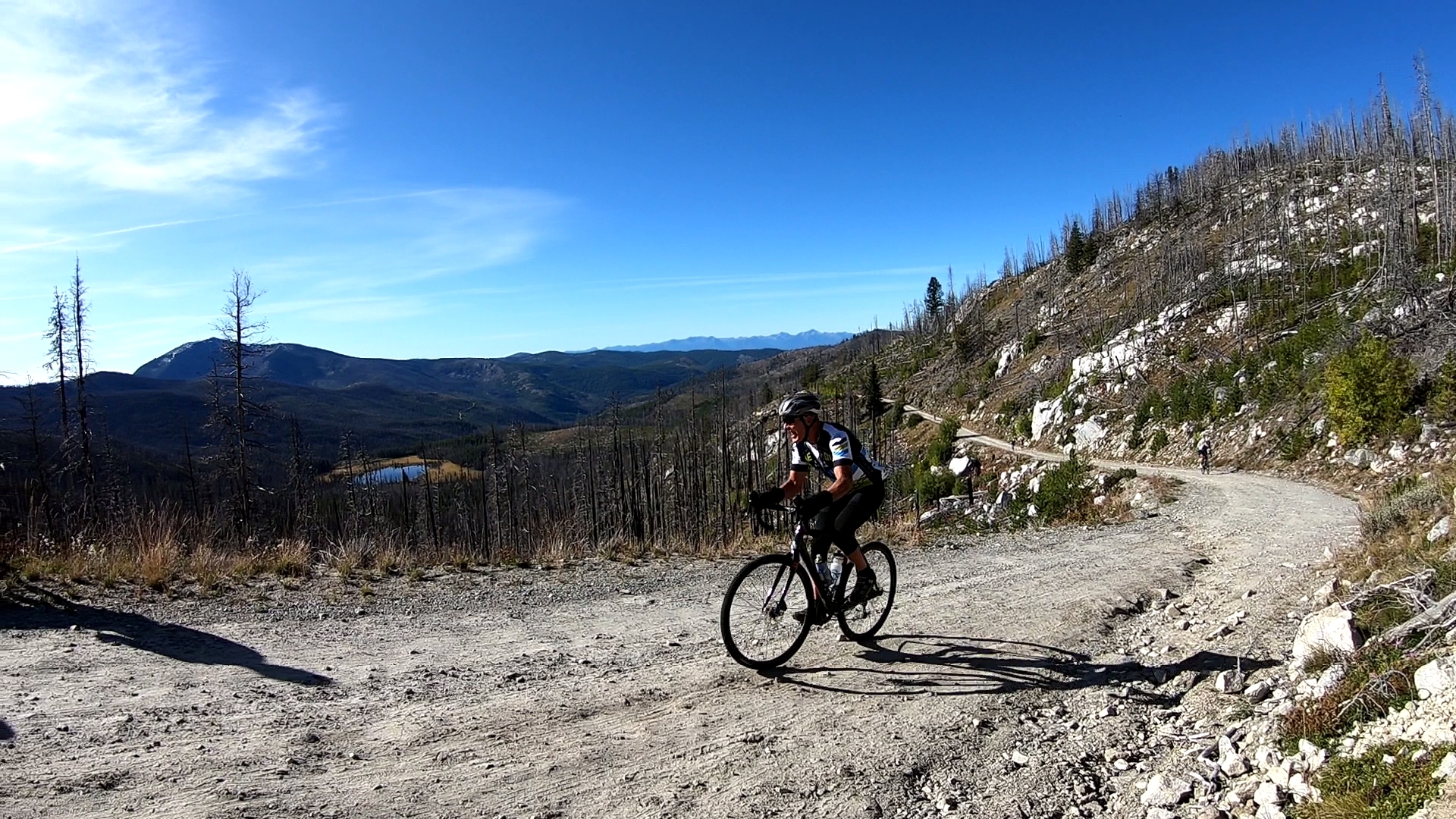
Picture a person riding a bicycle down a gravel road. What vision does it conjure up? Maybe a boy or girl riding home from school to the farm on a bicycle with balloon-like tires. Now picture that bicycle made of carbon fiber valued at $5,000 powered along at thirty miles an hour by a man or woman with a kid’s joyful glee. Then mix the men and women together in a pack with a trailing cloud of dust and you have gravel cycling.
Cyclists have been ditching the road for gravel at an increasing speed in the last decade on bicycles specifically designed to roll smoothly on bumpy gravel roads.
Racing on fire roads, farm roads, and empty desert tracks is an adventurous departure from road racing on pavement where outcomes can be predicted based on who can produce the most wattage per body weight. “I think gravel racing is a greater challenge than road racing, anything can happen, tires, equipment nutrition all need more planning,” says Mick Walsh, a former Irish national team road racer who completed gravel racing’s marquee event, the Dirty Kansa, on a tandem.

Visionary promoters like Jake Maedke of Vicious Cycle Event Promotion seemed to have scratched an itch that cyclists could not reach. After the success of his maiden event, Gran Fondo Ephrata, a demanding eighty miler through the semi-desert hills around his home in Ephrata, Washington, Jake added five more events in eastern Washington that often sell out. The Dirty Kanza, a 200-mile grind through the Flint Hills of eastern Kansas considered to be the Mecca of gravel cycling events has become so popular in its short life that entry is based on lottery.
What’s driving the huge number of participants? “I think they’re just looking for something different than the traditional road race scene. These events seem to be less pressure, it’s more about getting out there, and challenging yourself, the accomplishment of completion, rather than results. There’s just something special about riding gravel, the feeling of the bike “floating” under you as it squirms around looking for traction. Always looking for the smooth line. Lack of traffic. The places it takes you. The feeling of freedom, like I can go anywhere, no need for pavement,” says Jake.
Even the Tour de France even threw a gravel section into last year’s race, which is nothing new. Dirt and gravel routes in the Tour de France were the norm for the first part of the Tour’s life. What’s old is new once more.
For more information on gravel racing in the Northwest: http://rideviciouscycle.com/
